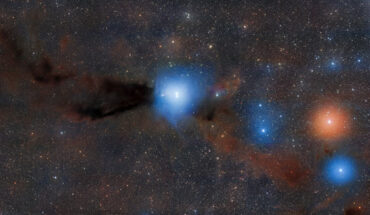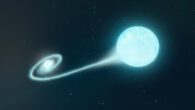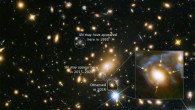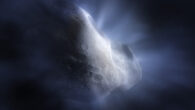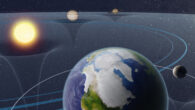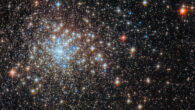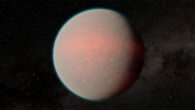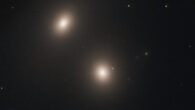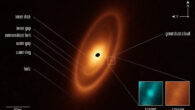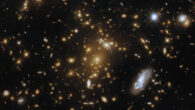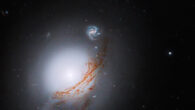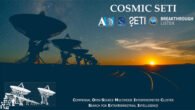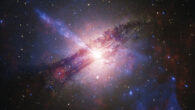Using the 570-megapixel Dark Energy Camera at NSF/NOIRLab Cerro Tololo Inter-American Observatory in Chile, astronomers have produced a stunning image of the star-forming interstellar cloud Lupus 3. The two young, low-mass protostars HR 5999 and HR 6000 illuminate nearby dust, creating the reflection nebula Bernes 149. These stars grew out of the dusty dark cloud of Lupus 3, part of a larger complex of as many as nine dark clouds. Image credit: CTIO...

